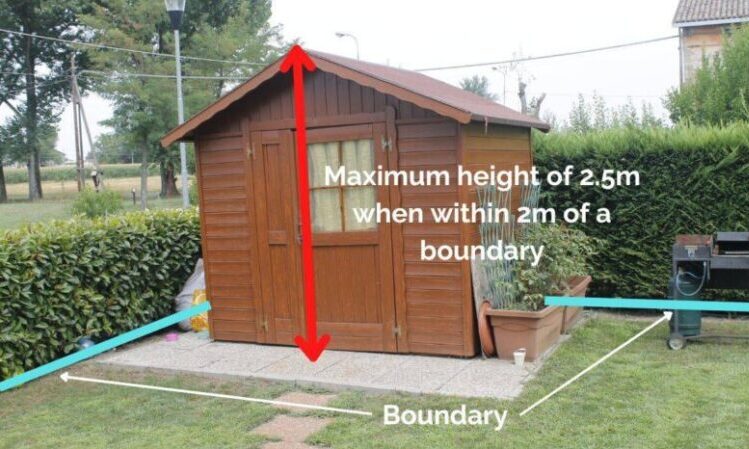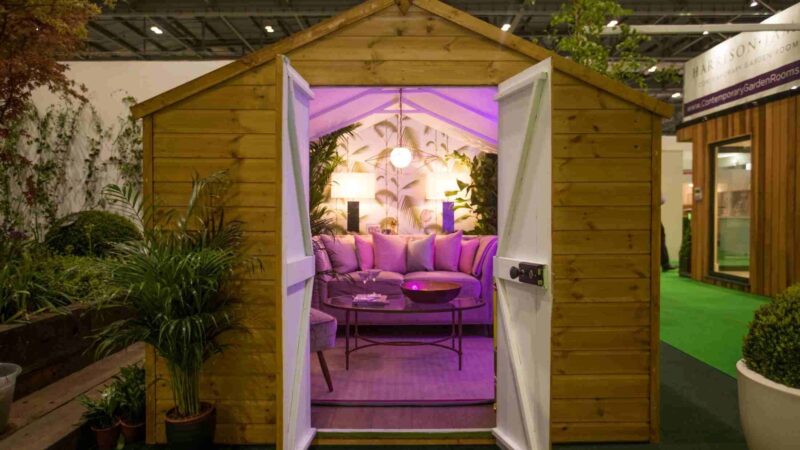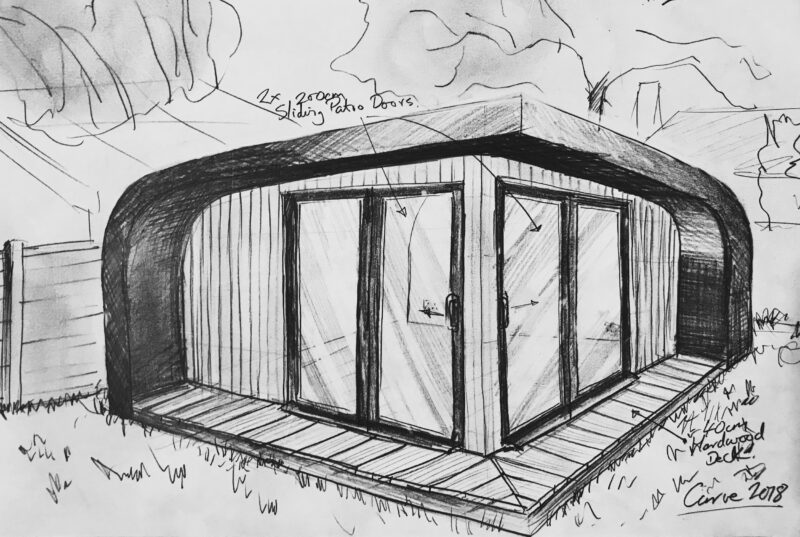Building a garden room can be an exciting way to add space and value to your property. However, navigating the rules around planning permission can be a challenge. In the UK, certain sizes and specifications of garden rooms can be built without needing to seek planning permission, thanks to permitted development rights.
This post will guide you through the key dimensions and regulations to consider when planning your garden room project.
Understanding Permitted Development Rights
Permitted development rights allow homeowners to make certain changes to their property without the need for planning permission. These rights are subject to conditions and limitations, particularly regarding size, to ensure that developments are in keeping with their surroundings and don’t impact neighbors.
Size Limitations

Under permitted development, the maximum height for a garden room is 2.5 meters if it’s within 2 meters of a boundary. If it’s more than 2 meters from the boundary, you can go up to 3 meters for a dual-pitched roof, or 2.5 meters for other roof types. This height restriction is crucial to maintain privacy and reduce the visual impact on neighboring properties.
Area Considerations
The footprint also matters. It must not cover more than 50% of the total area of the “curtilage” – this term refers to the land immediately surrounding your house. This includes any other outbuildings you may have. It’s important to calculate this area accurately to ensure compliance with permitted development rights.
Proximity to the House
The placement in relation to your main house is another important factor. Ideally, it should be positioned at the back of the house. If it’s to the side, additional rules may apply, especially in designated areas like national parks or Areas of Outstanding Natural Beauty. In such cases, consulting with specialists like SDPH Garden Rooms can provide clarity and ensure compliance with local regulations.
Additional Considerations

While size and placement are crucial, there are other factors to consider to ensure your garden room complies with regulations and serves your needs effectively.
Design and Appearance
The design should be sympathetic to your existing property. Materials used should be similar or complementary to those of the main house. This consideration helps maintain the aesthetic continuity of your property and can also be a factor in whether your project falls under permitted development rights.
Usage and Function

The intended use also plays a role in planning permissions. Garden rooms typically used for leisure, home offices, or gyms usually don’t require planning permission. However, if you plan to use it as a separate living space, like a bedroom or a self-contained unit, you might need planning permission due to the different regulations that apply to living accommodations.
Conclusion
In conclusion, while you can build a garden room without planning permission under certain conditions, it’s essential to adhere to the size, design, and usage guidelines. Always check with your local planning authority if you’re unsure, as regulations can vary slightly in different areas. With careful planning and consideration, your garden room can be a valuable and compliant addition to your home.



